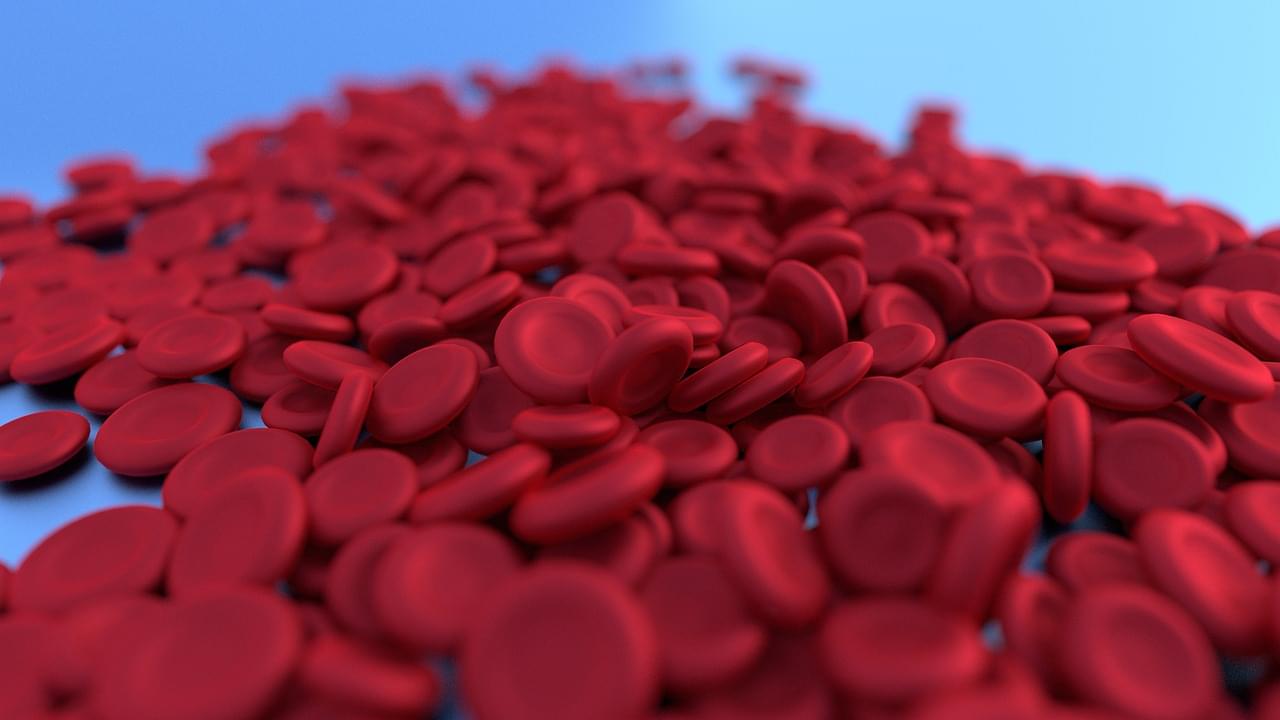face_with_colon_three Year 1998
In ancient Greece, immortality was the province of gods who spun the length of each lifetime. The myth has a kernel of truth, because the ends of chromosomes are protected by specialized stretches of DNA called telomeres. Once these are snipped too much by imperfect copying, a cell goes into senescence and stops dividing. Now two reports show that, with the help of an enzyme called telomerase, human cells can divide forever in the laboratory without turning cancerous. The findings, reported in the January issue of Nature Genetics, could ease the way to new treatments for burn victims, diabetics, and patients with other diseases.
Researchers hoped that adding telomerase would keep cells dividing long enough to replace tissues lost to injury or disease. Normal cells often have proved impractical because they can only divide a limited number of times in culture, and once returned to the body they’re often too old to do much good. The limitation may be that normal cells do not produce active telomerase, which can rebuild the telomeres and keep cells from becoming senescent.
In fact, about a year ago, Jerry Shay and his colleagues at the University of Texas Southwestern Medical Center in Dallas showed that adding the enzyme to normal connective tissue cells called fibroblasts extends their life-span (Science NOW, 13 January 1998). These cells have now lived three times longer than normal in the lab, and they are still going strong. But because cancer cells contain telomerase and also live forever, scientists worried that the newly immortal cells would become malignant when implanted in humans.









